The sake mirin was once sipped like any other Japanese sake, but these days it is exclusively for cooking. Mirin is a thick, clear Japanese cooking sake that is very sweet. The emphasis is on sugar content rather than alcohol, but mirin often carries an alcohol percentage ranging from 7 percent to 15 percent depending on the brand.
Recipe to recipe, mirin often replaces sugars. Its high sugar content makes this sake a great glaze or marinade for meats. A more sparing use is recommended, as mirin has a heavy flavor. Because of this, it is frequently used for toning down dishes that have strong fishy or gamey tastes.
Japanese supermarkets stock hundreds of mirin varieties all over Japan. When buying mirin, be careful not to confuse it with regular sake or cooking sake. Cooking sake does not have the same sweetness as mirin while also not as thick. If you accidentally pick up cooking sake instead of mirin, the two actually often make great partners in Japanese cooking.
Once you get your hands on some mirin, what can you do with it?
Mirin recipe Suggestion One
Try mixing mirin with your soy sauce the next time you have sushi or toast some mochi. This is a popular and simple Japanese mirin recipe, while it’s also a great sweet and salty contrast in your dipping sauce.
You can also dip plain onigiri into this mixture and fry it lightly upon the stove top. This will create a beautiful crispiness to the rice. If you do this, I recommend using more adding mirin than soy sauce to the recipe.
Mirin recipe Suggestion Two
Put mirin into your omelette for a morning meal. Japanese rolled omelettes are very popular — they are used inside sushi, bento and simply as breakfast. The recipe requires:
- 2 eggs
- 1/3 cup (80 mL) dashi stock
- 2-3 tsp (10-15 mL) mirin
Directions:
- Whisk gently and fry some of this mixture using a rectangular pan.
- Carefully roll the omelette to one side of the pan before the mix completely cooks through.
- Keep your little omelette log in the pan and put more mixture into the pan. Roll your little egg log back over the mix before it completely cooks through.
- Keep repeating this process until you have used all the mixture and you are left with a pretty egg roll.
If your egg roll is not so pretty, you can shape it using a bamboo sushi rolling mat while it cools.
Mirin recipe Suggestion Three
Glaze or marinade your meat. Mirin helps tenderize meat while enhancing the flavor. Here is a simple recipe for fish that makes a great addition teishoku (meal set combos).
Ingredients:
- 1 part mirin.
- 1 part cooking sake.
- 1 part soy sauce.
- 1-2 servings mackerel.
Note that the center and right bottles are mirin sake and cooking sake, respectively. Again, they taste very different, so look for the word みりん when buying mirin.
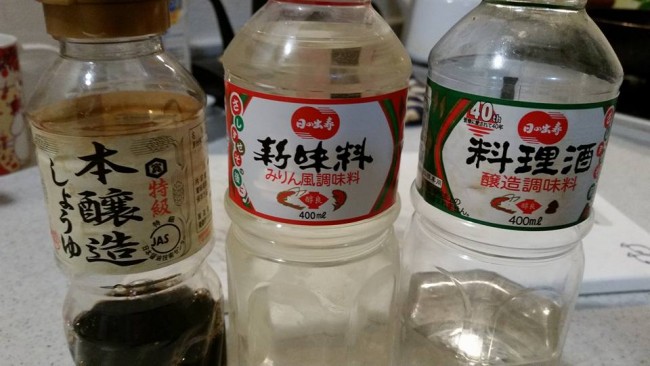
Directions:
- Combine the sauces and bring them to boil in a fry pan. Once they reach a boil, drop the heat to its lowest setting.
- De-bone the fish servings and carefully place them skin side up in the frying pan with the sauce mixture.
- Place a baking paper square piece over the fish and push down the sides so the paper touches the sauce. The fish should now be trapped under a little paper tent for your sauce.
- Leave for about 5 to 10 minutes, depending on the size of your cuts. Check every few minutes – mine took 7 minutes to cook at this step.
- When the fish starts to look done, flip it over skin side down and cover again. This will give the skin a delicious sweet stickiness. Wait another 5 minutes, and keep checking that the sauce doesn’t completely reduce.
- When cooked, remove the fish and arrange them upon little plates. You can now reduce the frying pan’s remaining sauce, then pour this over top your fish.
- To make this into a teishoku meal, serve with a small vegetable salad, rice, miso soup, and seasoned tofu, all into separate bowls.

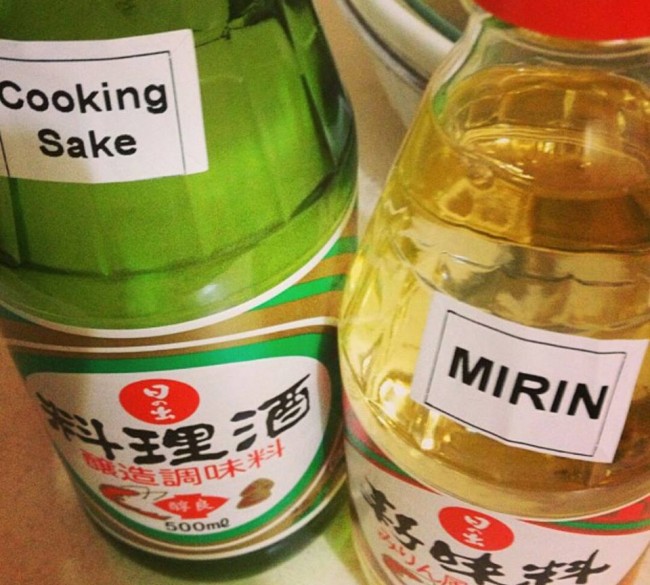
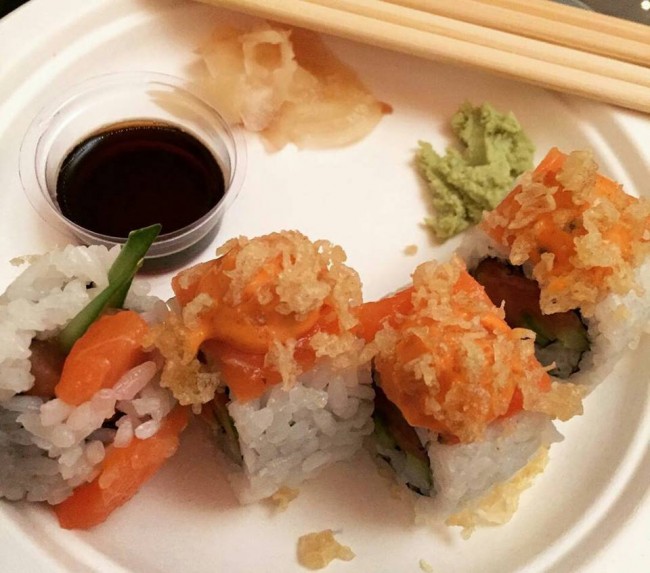
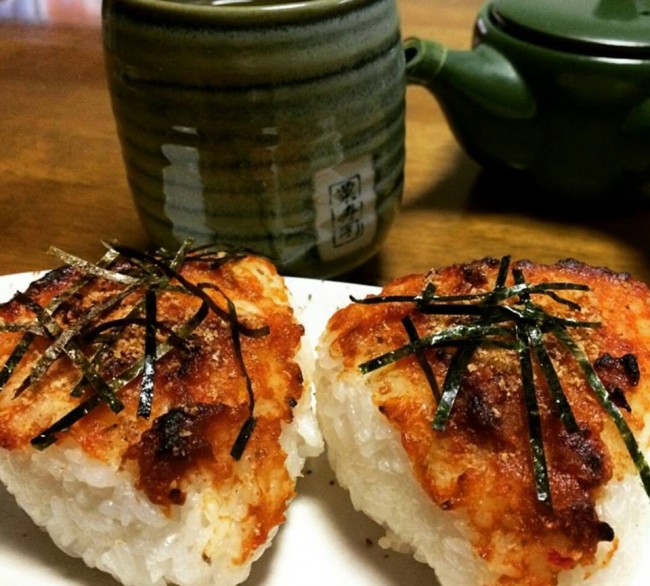
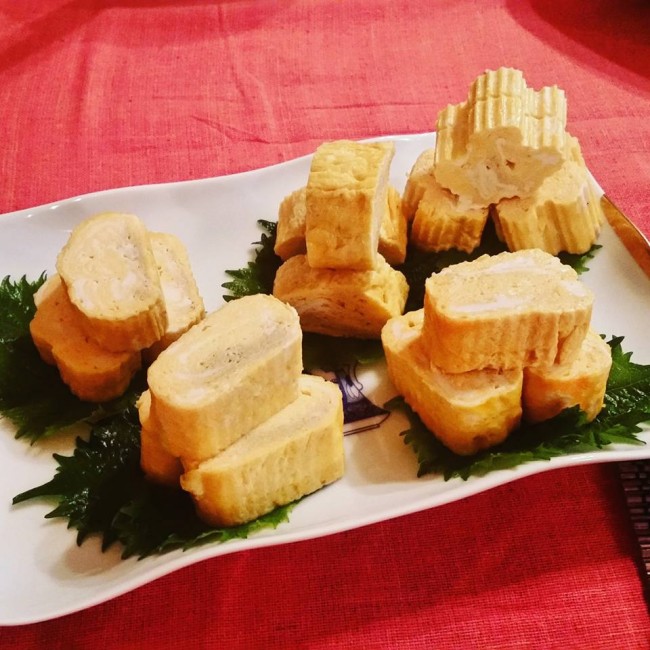
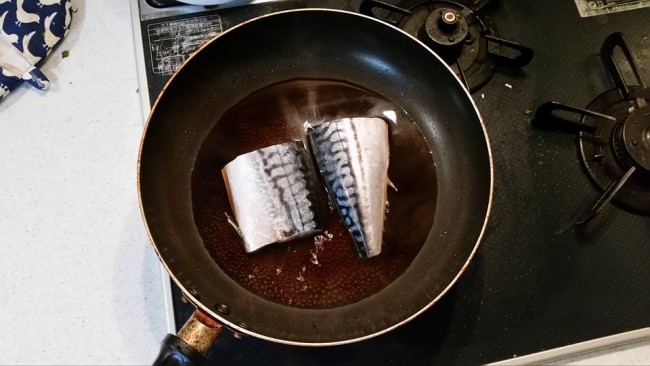
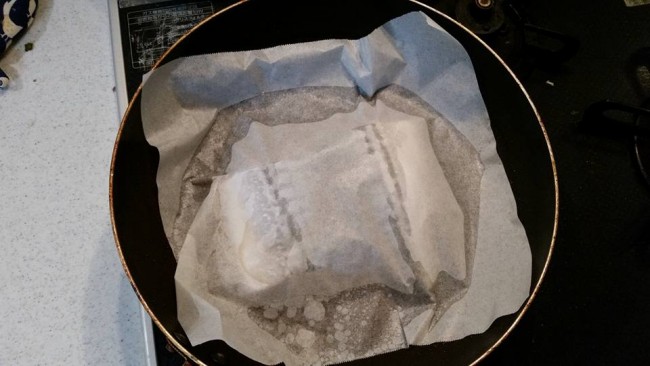
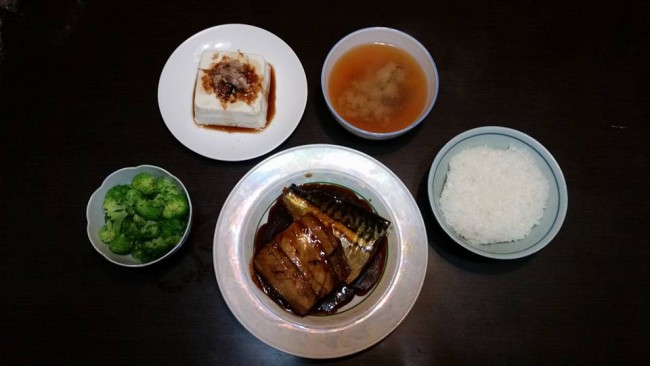


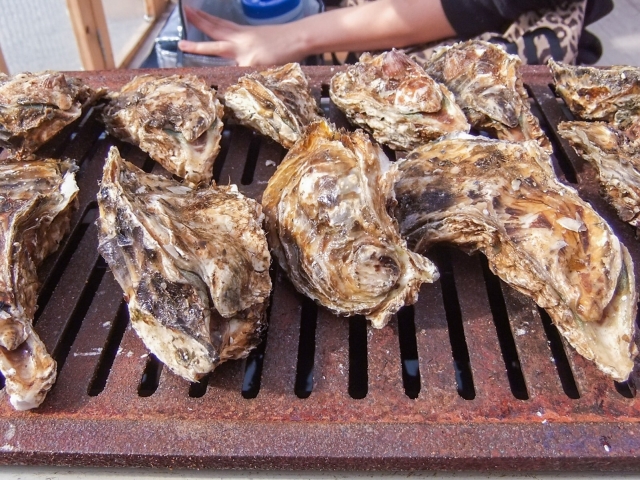




No Comments yet!